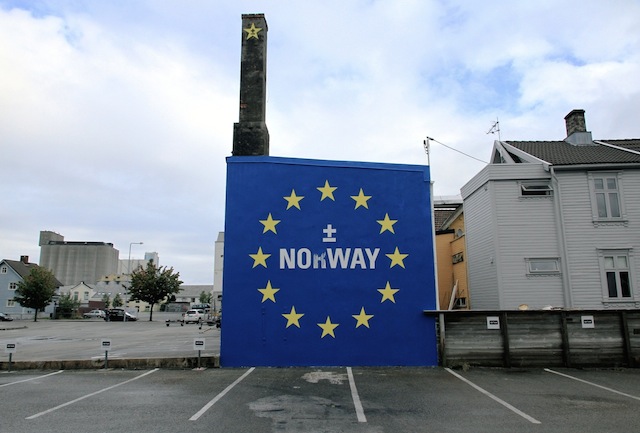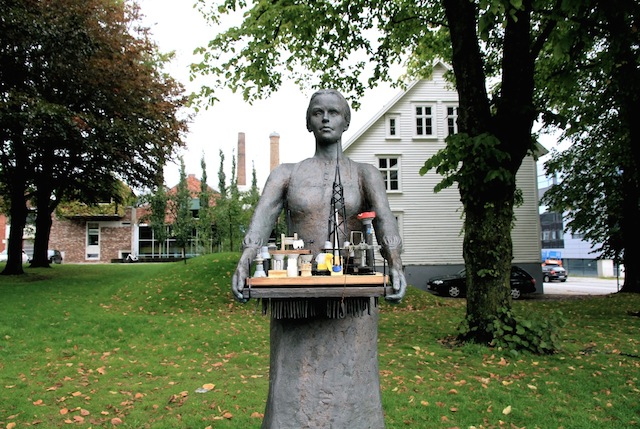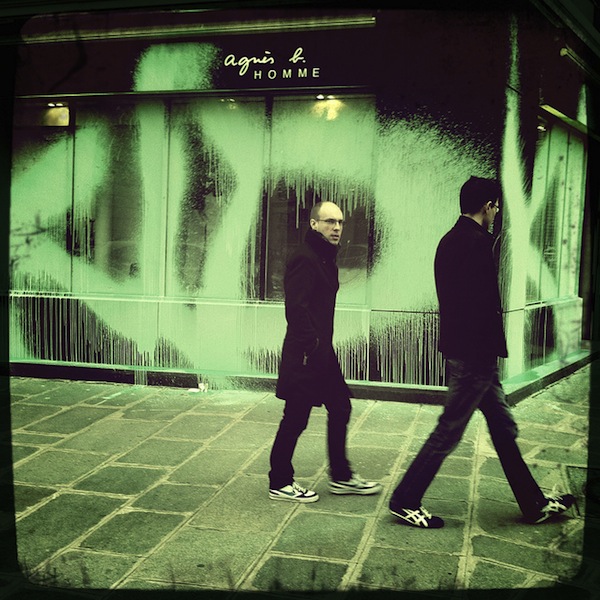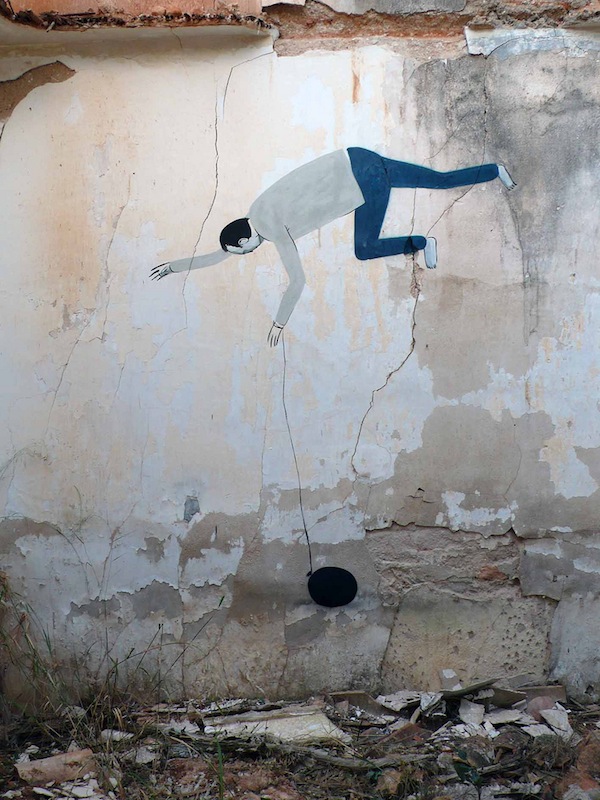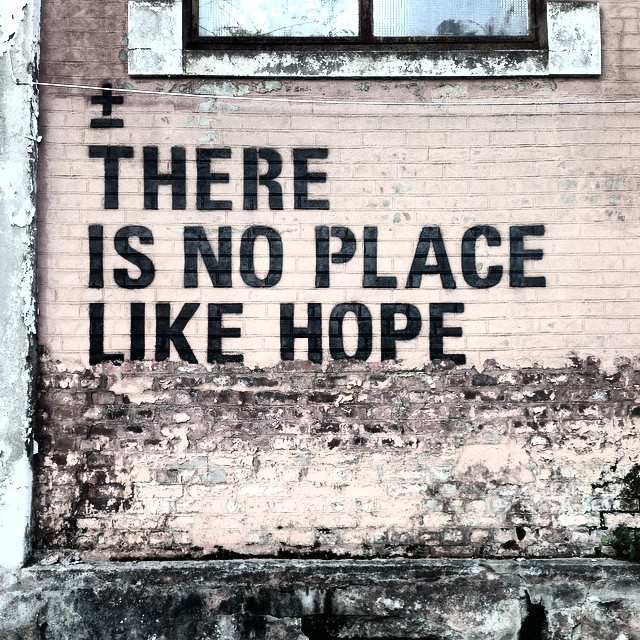
One of the great things about Nuart is the content that gets created around the festival. Participants in Nuart Plus conference write critical essays (something all too rare in the street art and graffiti worlds), the artists are interviewed for professionally-produced videos, and parts of Nuart Plus are posted on the web. It’s a bit late as these materials have now been online for a while, but I’d still like to share them.
Brooklyn Street Art‘s Steven P. Harrington and Jaime Rojo have always been champions of the little guy, the artist getting up because they love it. In their Nuart essay, the duo reminds us not to get too caught up in celebrating the global abundance of street art festivals and mural programs, because such murals always come with strings attached, namely censorship and the risk that grassroots street art is silenced among the mega-murals.
I wrote a brief essay titled Art Ignites Change, which is our slogan/mission at the Mural Arts Program (I was attending Nuart as a representative of Mural Arts). In the essay, I try to take a new approach to looking at the perceived divide between muralism and street art. In contrast to Steven and Jaime, I tried to show how some legal murals can be even more powerful than street art when it comes to bringing about social change. As I say in the essay, I’ve never felt more like an agent for positive change than now that I am working for “The Man.”
In his essay, Peter Bengtsen writes about how unsanctioned street art can turn cities into sites for exploration, which is harder to do with mega-murals.
Juxtapoz editor-in-chief Evan Pricco’s essay is on some level the most honest of all. Evan declares that it’s inevitable that corporate interests would embrace street art, and suggests that maybe that’s not such a bad thing.
And there’s my favorite part of Nuart Plus: Fight Club, a no-holds-barred 2 on 2 debate on the local pub, surrounded half by Nuart fans and half by random patrons who are generally confused as to what all the fuss is about. This year, Evan Pricco and I teamed up against ±maismenos± and Mathieu Tremblin on the topic of illegal street art versus legal murals. It was a fun debate. Here’s what happened:
Nuart also conducted video interviews with a few of the artists.
I love the ±maismenos± interview in part because he echos my thoughts in Viral Art, that the internet is like a virtual street:
Mathieu Tremblin’s interview is interesting because I’ll watch anything where a street artist brings up Situationist philosophy, and because it shows a hint of the true final product of Temblin’s indoor installation at Nuart:
Similarly, Fra.Biancoshock’s interview includes video footage of a few of his Nuart street interventions that didn’t get much photographic coverage:
Photo by RJ Rushmore

